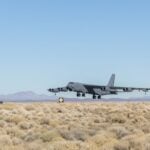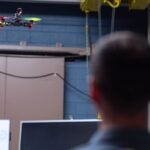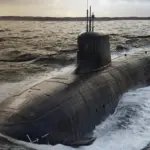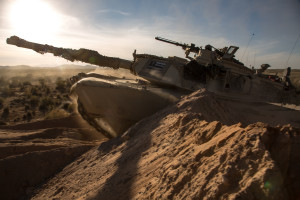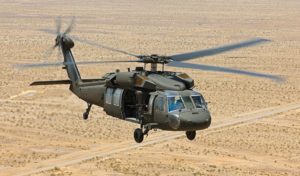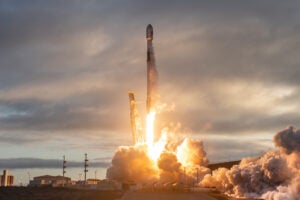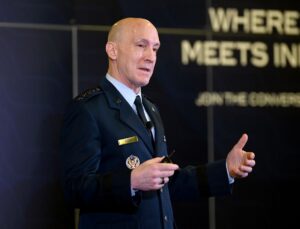
The range of the U.S. Air Force's prototype autonomous Collaborative Combat Aircraft (CCA) is to be at least 700 nautical miles--greater than the 590 nautical mile range of the Air Force F-22 Raptor fighter by Lockheed Martin [LMT] and the 670 nautical mile range of the service's F-35A Lightning II, also by Lockheed Martin. A Tuesday graphic released by Air Force Chief of Staff Gen. Dave Allvin listed the "700 plus" nautical mile range for the two CCA prototypes--the General…


